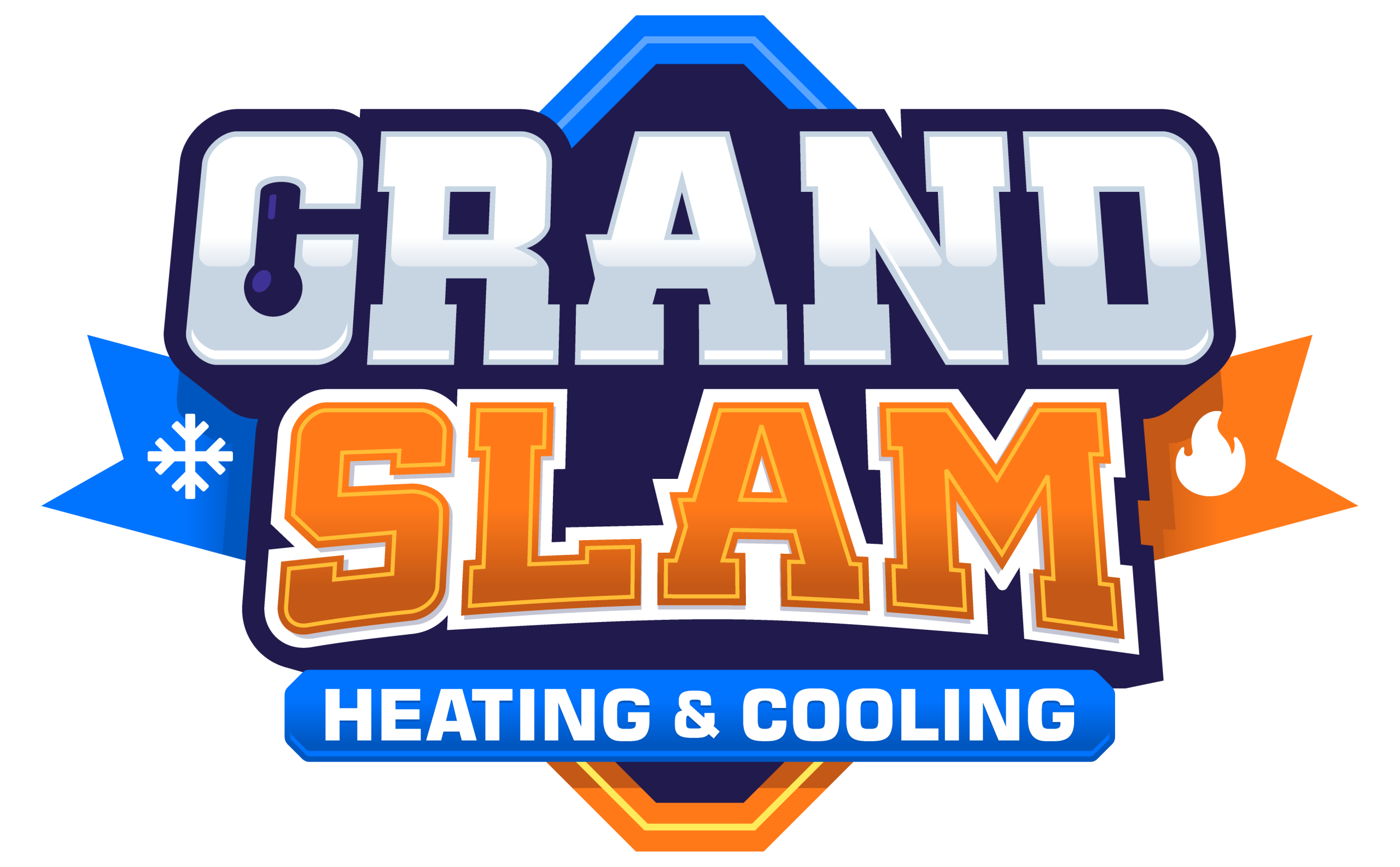
How to Get Your Furnace Ready for Chicago Winters: A Homeowner’s Guide
Why Furnace Prep is Critical in Chicago
Chicago winters aren’t just cold — they’re unpredictable, relentless, and often unforgiving. It’s not unusual for temperatures to plunge into the single digits (or below zero) with little warning, and for cold snaps to last days or even weeks. In this climate, a furnace isn’t just a comfort feature — it’s a lifeline.
This guide is designed to help Chicago-area homeowners get ahead of winter by preparing their furnace now. From simple homeowner steps to professional tune-ups, you’ll learn exactly what to do to keep your family warm, safe, and comfortable all season long.
Step 1: Replace or Clean Your Filter
Chicago Tip: During the winter, when your furnace is running constantly, you may need to replace filters every 1–2 months. Homes with pets or residents with respiratory conditions may need even more frequent changes. When selecting a filter:
Standard filters (MERV 6–8): Good for dust and pollen.
s, mold spores, and allergens.
HEPA-level filters: Can improve indoor air quality significantly but must be matched to your system.
At Grand Slam Heating & Cooling, we often include filter replacements in our ComfortClub maintenance plans, because clean filters aren’t just about air — they’re about system longevity.
Step 2: Check Your Thermostat
Before the first real cold front hits:
If you’re still using an older manual thermostat, this is the perfect time to upgrade. A smart thermostat, like our custom HomeRun thermostat, gives you:
Step 3: Inspect Vents, Ducts, and Airflow
Why it matters in Chicago: Older homes in Oak Brook, Hinsdale, and the North Shore often have leaky or undersized ductwork. Even the best furnace can’t compensate for poor airflow.
At Grand Slam, every install comes with an Indoor Air Quality Test, which helps us identify airflow issues, duct leaks, and contamination that could impact your comfort.
Step 4: Safety Checks Homeowners Can Do
Safety checklist for homeowners:
Step 5: Professional Tune-Ups & Maintenance
At Grand Slam Heating & Cooling, we’ve built our ComfortClub around preventative maintenance because we know tune-ups are the difference between a cozy winter and an emergency call at midnight.
Common Furnace Problems in Chicago Winters
- Pilot light or ignition issues → Modern furnaces use electronic ignition systems that can fail.
- Blower motor failure → Causes weak or no airflow.
- Frozen condensate lines → Common in high-efficiency furnaces during extended subzero stretches.
- Clogged filters → Strain the furnace and reduce heat output.
- Cracked heat exchanger → Dangerous, as it can leak carbon monoxide into the home.
Energy Savings Tips for Winter
Seal drafts around windows and doors with weatherstripping or caulk.
Reverse ceiling fans to push warm air down.
Set your thermostat smartly — lowering it a few degrees while you’re sleeping or away saves energy.
Insulate attics and basements to reduce heat loss.
Pairing these with a high-efficiency furnace and a HomePlate thermostat can cut winter heating costs by 20–30%.
When It’s Time to Replace Instead of Repair
No matter how much you prepare, furnaces don’t last forever. In Chicago, the average furnace lifespan is 15–20 years.
Signs it’s time to replace:
While replacement is a big investment, remember that new high-efficiency systems often pay for themselves in reduced energy bills. And with monthly payment options through our lending partners, it’s more affordable than homeowners realize.
Conclusion: Peace of Mind for Chicago Winters
At Grand Slam Heating & Cooling, we make winter prep easy:
Maintenance and peace of mind through our ComfortClub.
Schedule Online today and make sure your home is ready for the next Chicago cold snap.


